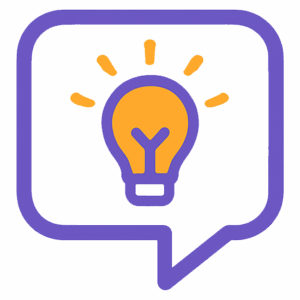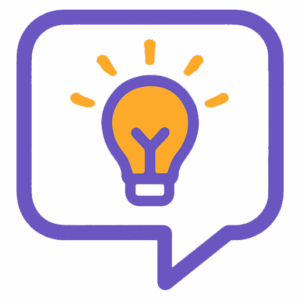When learning a new language, your approach affects how quickly and effectively you make progress. Should you focus on active learning like speaking, writing, and recalling, or is passive learning like listening, reading, and observing just as effective?
Both methods have their place, but research shows that active learning is generally more effective for long-term retention and fluency. This guide explains the differences, highlights scientific findings, and shows how to combine both approaches for the best results.
1. What Is Passive Learning?
Passive learning happens when you absorb information without active participation. Examples include:
- Listening to songs or podcasts in your target language
- Watching movies, TV shows, or YouTube videos
- Reading books, blogs, or articles
- Attending lectures without interacting or taking notes
Passive learning builds familiarity with the language. It helps you recognize patterns, accents, and expressions, but it rarely develops speaking skills or active recall on its own.
2. What Is Active Learning?
Active learning involves direct engagement with the language. You use the knowledge rather than simply observe it. Examples include:
- Practicing speaking with a tutor or partner
- Writing essays, journal entries, or messages
- Using flashcards to test vocabulary
- Completing exercises and quizzes
Active learning pushes your brain to retrieve and produce information, which strengthens memory and builds fluency more effectively than passive exposure alone.
3. What Research Says
The Testing Effect
Studies show that retrieving information improves retention more than rereading or re-listening. Flashcards, self-quizzing, and speaking practice all take advantage of this effect.
Input vs. Output
Linguist Stephen Krashen’s Input Hypothesis emphasizes the importance of exposure to understandable language. Passive activities like listening and reading provide this comprehensible input.
However, Merrill Swain’s Output Hypothesis shows that producing language through speaking or writing pushes learners to process grammar and vocabulary more deeply, making active learning essential for fluency.
Balanced Learning
Research suggests the best approach is a combination of input and output. Passive learning supplies context and comprehension, while active learning strengthens recall and production skills.
4. How to Combine Active and Passive Learning
1. Listen Actively
Instead of just playing podcasts in the background, pause, repeat phrases, and mimic pronunciation to make listening more productive.
2. Read and Summarize
After reading an article or story, summarize it in your own words, either in writing or speech. Turning input into output deepens understanding.
3. Use Flashcards With Spaced Repetition
Apps like Anki or LanGeek’s Daily Words use spaced repetition to test recall at optimal intervals, combining active recall with efficient review schedules.
4. Speak From the Start
Even with limited vocabulary, start forming sentences and speaking aloud. Mistakes are part of the process and accelerate learning.
5. Write Regularly
Keep a language journal, write short messages, or practice emails. Writing improves grammar, vocabulary, and structure simultaneously.
5. Pros and Cons of Each Method
| Active Learning | Passive Learning | |
|---|---|---|
| Engagement | High, requires effort | Low, can be done casually |
| Retention | Stronger, builds long-term memory | Weaker without reinforcement |
| Fluency | Develops speaking and writing | Builds comprehension |
| Examples | Flashcards, quizzes, speaking, writing | Listening, reading, watching |
| Best For | Mastering recall and production | Expanding vocabulary and context |
References
- Karpicke, J. D., & Roediger, H. L. (2008). The critical importance of retrieval for learning. Science, 319(5865), 966–968.
- Krashen, S. D. (1985). The Input Hypothesis: Issues and Implications. Longman.
- Swain, M. (2005). The Output Hypothesis: Theory and Research. In Handbook of Research in Second Language Teaching and Learning, Routledge.
- Brown, P. C., Roediger, H. L., & McDaniel, M. A. (2014). Make It Stick: The Science of Successful Learning. Harvard University Press.

